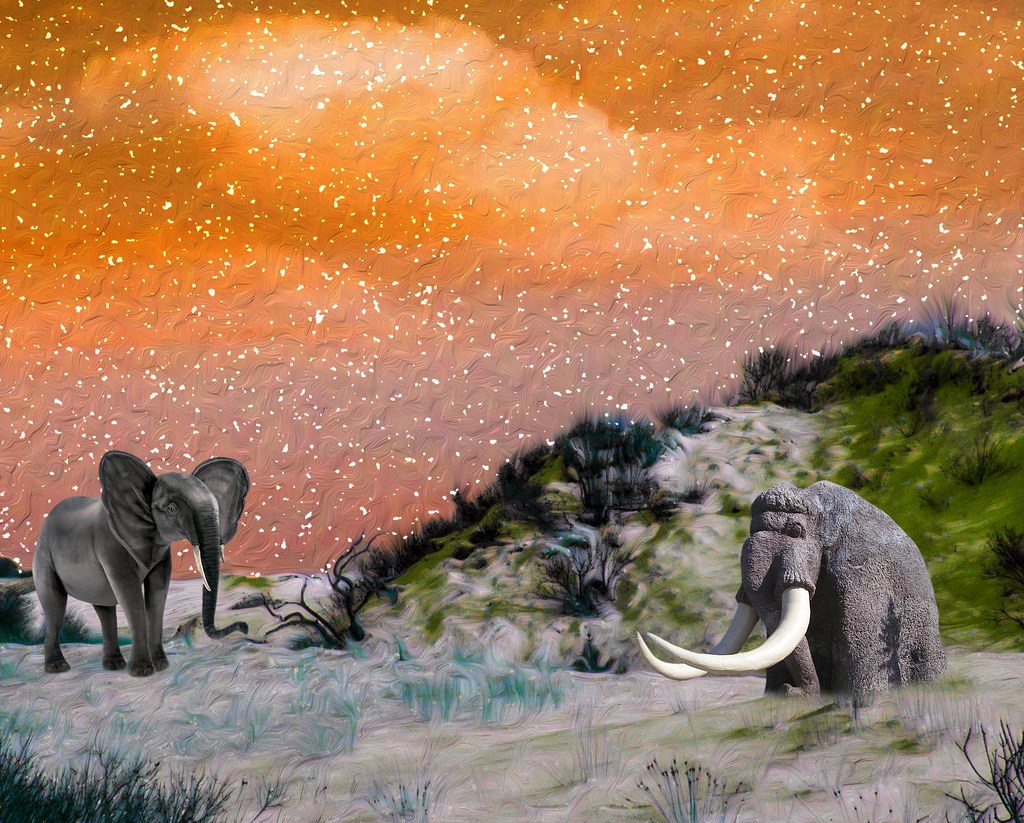Aggregated News

On January 6, 2000, the bucardo (also known as the Pyrenean ibex, a subspecies of wild mountain goat) was confirmed extinct — for the first time, at least. Conservationists mourned when Celia, as the final bucardo was known, was found crushed beneath a tree in northeast Spain.
But scientists had removed some of Celia’s cells the year before her death, freezing them for preservation. In 2003 came attempts at cloning: Copies of her cell nucleus, containing her DNA, were implanted into 782 eggs taken from domestic goats (a close enough relative to be compatible with the bucardo nucleus). From these eggs, 407 embryos developed, about half of which the team transferred into the wombs of 57 surrogate goat mothers. Of these, seven turned into pregnancies, and one was born successfully.
The bucardo became the first species to return from extinction — but only for a moment. The baby’s lung was misshapen, and she suffocated within minutes. For the second time in three years, the bucardo was gone.
Celia’s story illuminates at least three realities facing “de-extinction,” a scientific pursuit aimed...



